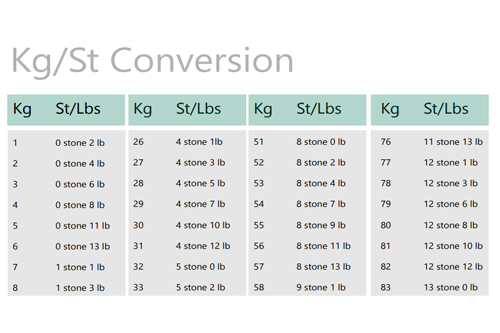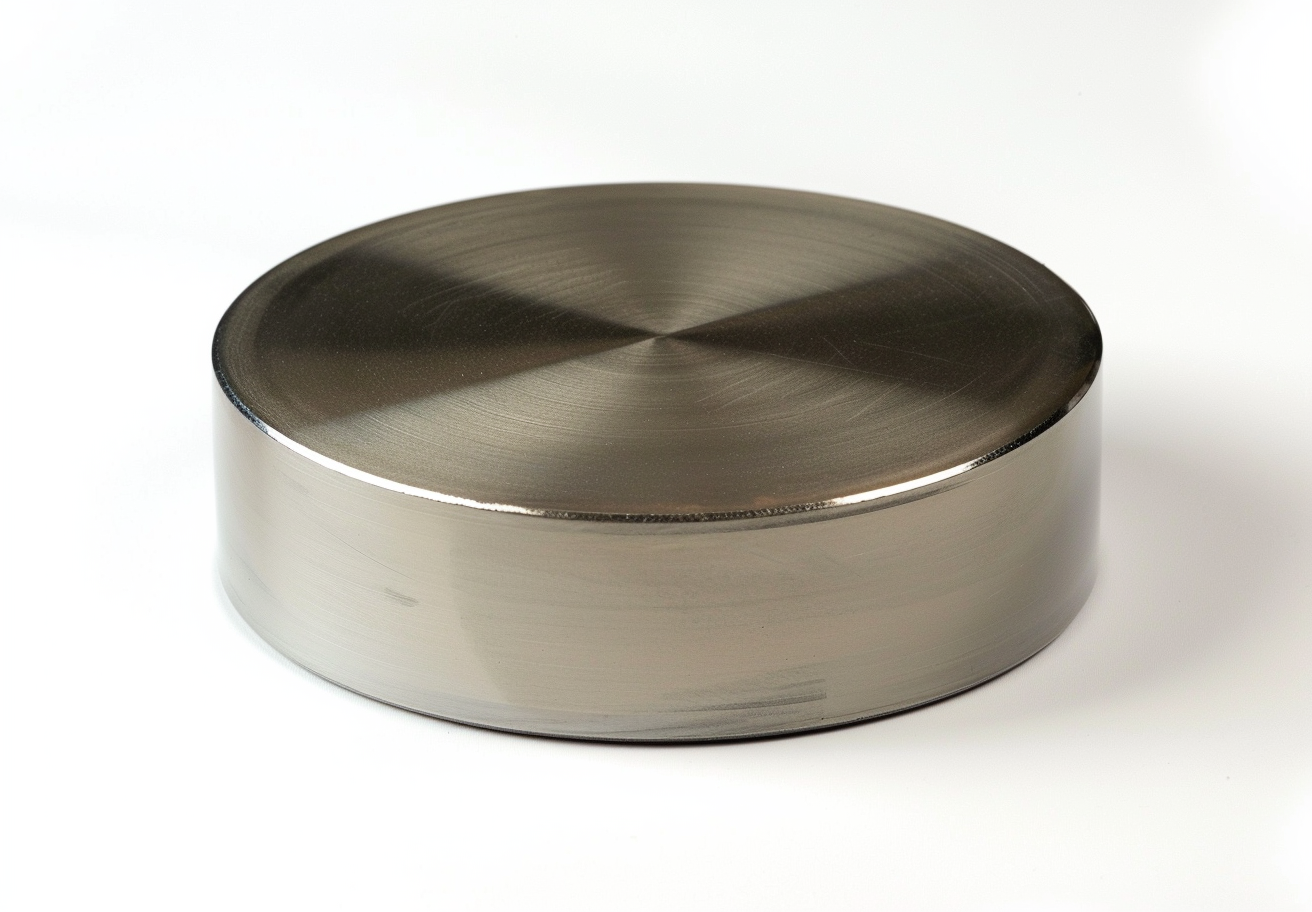Solution Dilution Calculators
Introduction to Solution Dilution
Creating precise solutions is one of the most fundamental tasks in chemistry, biology, and related laboratory fields. Whether you’re preparing a simple salt solution for a secondary school experiment or a buffer for advanced protein research, the accuracy of your solution concentration can dramatically affect the outcome of your experiment. This is where a solution dilution calculator becomes an invaluable tool.
A dilution calculator helps calculate the accurate volumes of stock solutions and solvents to use to achieve a required concentration. Instead of trial and error or tedious hand calculations, students and researchers can easily generate accurate results, saving time and errors.
Key Concepts: Molarity and Percent
It is helpful to study the fundamental concepts on which dilution calculators are based: molarity and percent concentration.
Molarity (M):
Molarity expresses the number of moles of solute dissolved in a litre of solution. To show, 1 M sodium chloride (NaCl) solution contains 1 mole of NaCl per litre of water. Molarity is used extensively in chemistry because it allows one to calculate stoichiometrically correctly in reactions.
Percent (%):
Percent concentration is an expression of the proportion of a substance present in a mixture. Percent may be expressed in different forms:
• Weight/weight (w/w): Solute mass for each mass of solution.
• Volume/volume (v/v): Solute volume per total solution volume.
• Weight/volume (w/v): Solute mass for each volume of solution.
For example, 10% w/v glucose solution contains 10 grams of glucose per 100 mL of solution. It is essential to understand whether to utilise molarity or percent concentration depending on the experiment and the chemical nature of the solute.
How the Dilution Calculator Works
A solution dilution calculator simplifies the process of making fresh solutions from a stock solution. You typically enter the following inputs:
1. Stock concentration (M₁ or %₁)
2. Target concentration (M₂ or %₂)
3. Desired final volume (V₂)
The calculator uses the dilution formula:
M1*V1 = M2*V2
where:
• (M1) = stock solution concentration
• (V1) = volume of stock solution required
• (M2) = target concentration
• (V2) = final solution volume
This simple calculation enables you to dilute solutions up or down precisely without resorting to hand calculations, which is especially handy when working with highly concentrated or hazardous chemicals.
Practical Applications
Solution dilution calculators are used widely in scientific, industrial, and academic sectors:
• Biology and Biochemistry: Preparation of buffer, reagent, and cell culture media for cell culture, enzyme assays, or PCR reactions.
• Chemistry Research: Scaling reagent concentration for titrations or chemical reactions.
• Pharmaceutical Laboratories: Laying out precise drug solutions for formulation or testing purposes.
• Education: Illustrating concentration principles, molarity, and solution preparation techniques in chemistry lectures.
Example Calculation
Let's consider a real case. Suppose you have a 2 M stock solution of hydrochloric acid (HCl) and need 500 mL of 0.5 M HCl. Using the formula:
V1 = M2*V2/M1=0.5*500/2 = 125mL
You would need 125 mL of the 2 M stock solution, and you dilute it with 375 mL of water to reach the end volume of 500 mL.
Other everyday situations are:
Scenario Tock Concentration Dangerous Concentration Dangerous Volume Required Stock Volume
|
Scenario |
Stock Concentration |
Desired Concentration |
Desired Volume |
Required Stock Volume |
|
1 M solution from 5 M stock |
5 M |
1 M |
1 L |
200 mL |
|
Diluting 10% solution to 2% |
10% |
2% |
250 mL |
50 mL |
|
Adjusting 3 M to 0.75 M |
3 M |
0.75 M |
750 mL |
187.5 mL |
These examples illustrate how small changes in the volume of stock can generate accurate target concentrations, which is important for reproducible laboratory practice.
Benefits of Utilising a Dilution Calculator
• Accuracy: Eliminates human error when measuring and calculating.
• Efficiency: Saves time, particularly in high-throughput laboratories.
• Flexibility: Allows for both molarity and percent concentration, as well as multiple unit conversions.
• Educational Value: Assists students in learning the concept of volume and concentration. For more information, please check Stanford Advanced Materials (SAM).
Frequently Asked Questions
What is molarity and why is it important?
Molarity is a measurement of solute concentration in moles per litre, which is important in quantifying reactant amounts in a chemical reaction and maintaining experimental reproducibility.
How does percent concentration differ from molarity?
Percent concentration is the percentage of a solute in a solution, while molarity is the amount of substance per volume unit. Molarity is more suited to stoichiometric calculations, while percent is common in labelling solutions and in industry.
Can dilution calculators accept different units?
Yes. Most of the calculators accept input in millilitres, litres, grams, or percentages, providing flexibility for various laboratory needs.
Is it possible to make dilutions without a calculator?
Yes, by calculation manually using the dilution formula. Calculators reduce errors and save considerable time, particularly for complex solutions.
Careful mistakes in diluting solutions?
• Incorrect reading of stock concentrations
• Failure to account for volume changes after addition of solute
• Incorrect unit conversions (mL vs L, g vs mg)
• Rounding errors precluding experimental reproducibility

 Bars
Bars
 Beads & Spheres
Beads & Spheres
 Bolts & Nuts
Bolts & Nuts
 Crucibles
Crucibles
 Discs
Discs
 Fibers & Fabrics
Fibers & Fabrics
 Films
Films
 Flake
Flake
 Foams
Foams
 Foil
Foil
 Granules
Granules
 Honeycombs
Honeycombs
 Ink
Ink
 Laminate
Laminate
 Lumps
Lumps
 Meshes
Meshes
 Metallised Film
Metallised Film
 Plate
Plate
 Powders
Powders
 Rod
Rod
 Sheets
Sheets
 Single Crystals
Single Crystals
 Sputtering Target
Sputtering Target
 Tubes
Tubes
 Washer
Washer
 Wires
Wires
 Converters & Calculators
Converters & Calculators
 Write for Us
Write for Us
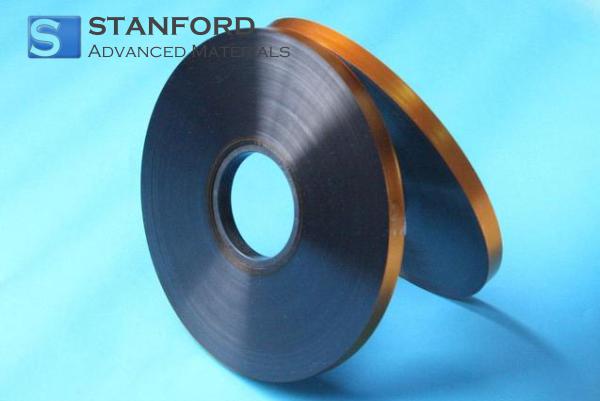
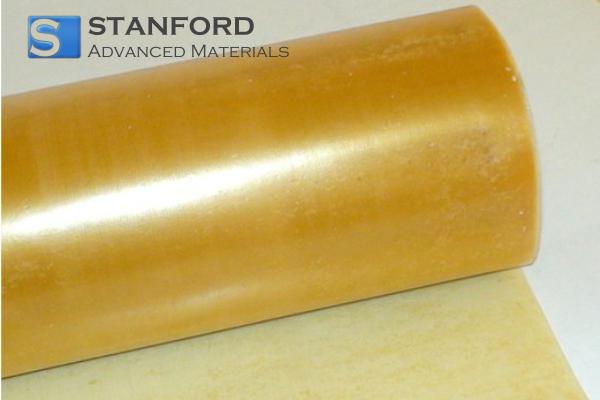

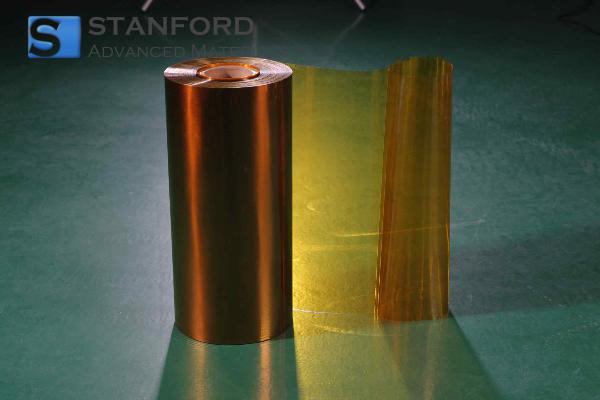
 Chin Trento
Chin Trento

